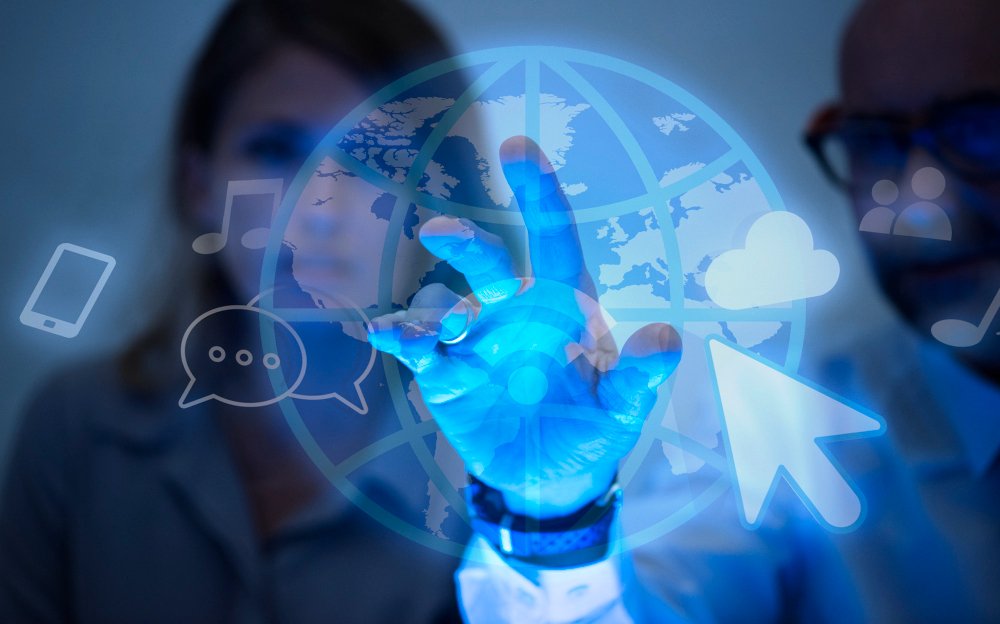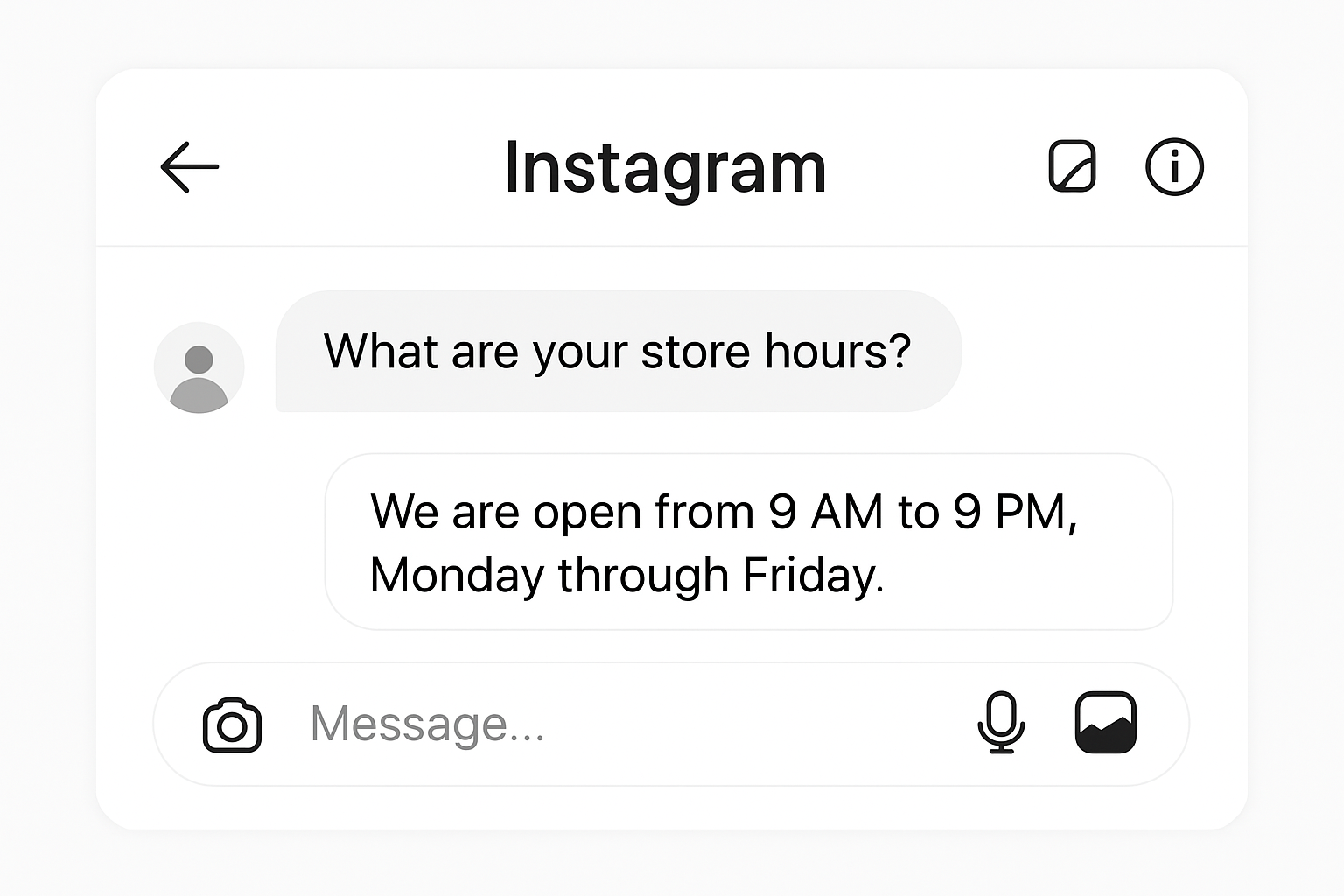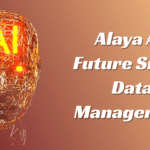How Unseen Technologies Keep Everyday Tech Running Smoothly
In the fast-paced world of technology, it’s easy to get caught up in the shiny, visible innovations that capture our attention. However, the true powerhouses that drive these advancements often operate behind the scenes, quietly shaping the technologies we use daily. From the intricate algorithms that power artificial intelligence to the secure blockchain networks that facilitate seamless transactions, these unsung heroes of the tech industry are the backbone of the digital landscape.
This article will explore unseen technologies and how they transform how we interact with and experience everyday tech. We’ll uncover the roles of artificial intelligence, machine learning, blockchain, cloud computing, and more and discover how these powerful tools are revolutionizing industries and enhancing our daily lives.
Unseen Technologies That Keep Everyday Tech Running Smoothly
Artificial Intelligence (AI)
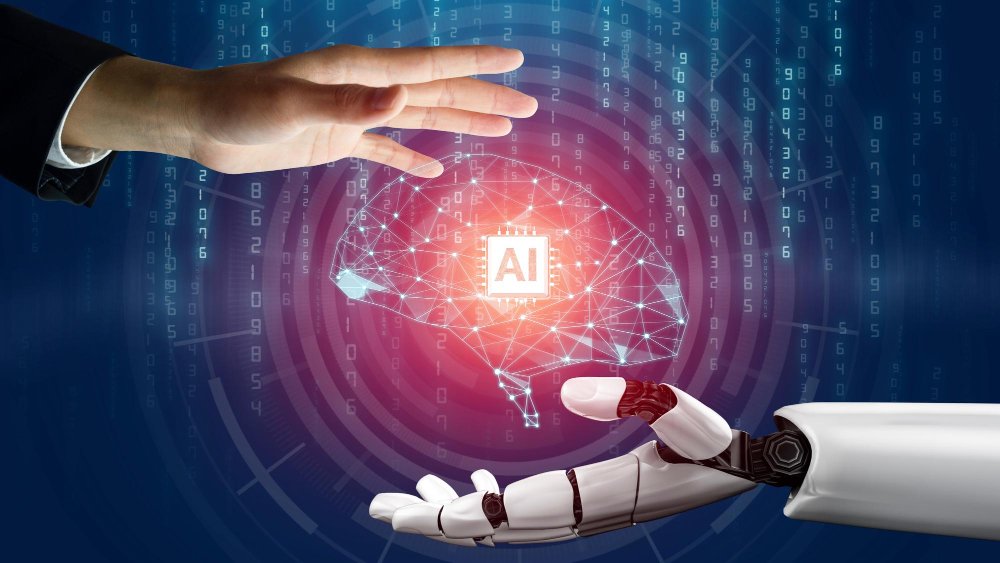
Artificial intelligence (AI) has become ubiquitous in our daily lives, often operating in the background without our explicit knowledge. This powerful technology is responsible for many functions, from personalized product recommendations to predictive analytics that help businesses make informed decisions. According to a survey by Gartner, 37% of organizations have already implemented AI in some form, which clearly shows its popularity across various industries.
Artificial Intelligence (AI) is used extensively in healthcare for diagnostics and personalized treatment plans, finance for fraud detection and algorithmic trading, retail for customer service and inventory management, automotive for autonomous vehicles, and manufacturing for predictive maintenance and quality control.
One key way AI shapes everyday tech is through its ability to learn and adapt. Machine learning algorithms, a subset of AI, analyze vast amounts of data to identify patterns and make informed predictions.
This allows tech companies to create personalized experiences tailored to individual user preferences, improving overall customer satisfaction and engagement.
For example, the AI-powered recommendation systems used by streaming platforms like Netflix and Spotify analyze your viewing and listening habits to suggest content you’ll likely enjoy. This seamless integration of AI into the user experience enhances the overall experience and keeps you engaged with the platform.
Machine Learning
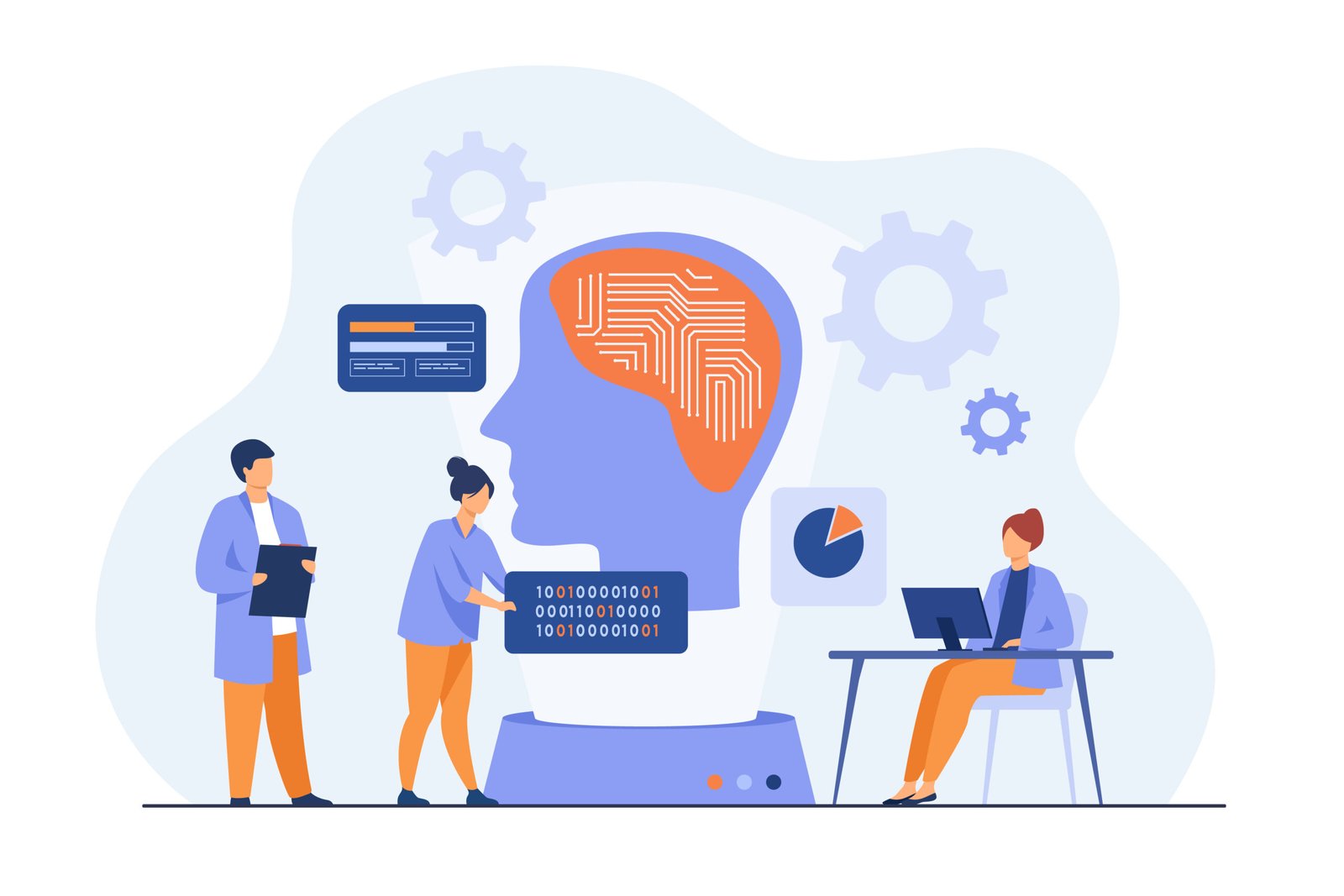
Machine learning, a fundamental artificial intelligence component, is another powerful behind-the-scenes technology transforming everyday tech. This advanced analytical technique allows systems to learn and improve from experience without being explicitly programmed, enabling them to make more accurate predictions and decisions.
According to Fortune Business Insights, the global machine-learning market was valued at $8.43 billion in 2019 and is expected to reach $117.19 billion by 2027, growing at a CAGR of 39.2% from 2020 to 2027. This aligns with the information that 53% of data scientists and developers reported using machine learning.
Machine Learning finds significant financial applications for credit scoring and fraud detection, healthcare for predictive analytics and medical image analysis, e-commerce for recommendation systems, marketing for customer segmentation and targeting, and transportation for route optimization and autonomous driving.
One of the most significant impacts of machine learning in everyday tech is its ability to automate and optimize various processes.
From predictive maintenance in smart home devices to personalized content curation in social media platforms, machine learning algorithms are constantly working behind the scenes to enhance the functionality and user experience of the technologies we rely on daily.
For instance, the spam filters in your email inbox utilize machine learning to detect and block unwanted messages. By analyzing the characteristics of previous spam messages, the algorithm can accurately identify and filter out new spam, keeping your inbox clean and organized without any manual intervention.
Blockchain Technology

Blockchain, the distributed ledger technology that underpins cryptocurrencies like Bitcoin, is another behind-the-scenes powerhouse shaping everyday tech. While the public may primarily associate blockchain with digital currencies, this revolutionary technology has applications beyond the financial sector. The global blockchain technology market was valued at $3.67 billion in 2020 and is projected to reach $39.7 billion by 2025, at a CAGR of 67.3% during the forecast period. 80% of banks are predicted to initiate blockchain projects by 2024.
In everyday tech, blockchain enhances the security and transparency of various transactions and data-sharing processes. For example, blockchain-based identity management systems can provide users with secure, decentralized control over their personal information, reducing the risk of identity theft and data breaches.
Additionally, blockchain technology is being integrated into supply chain management systems, allowing for the transparent tracking of products and materials as they move through the supply chain. This increased visibility and traceability can help businesses improve efficiency, reduce waste, and ensure the authenticity of their products.
Random Number Generator (RNG)
While it may not be as widely recognized as some other behind-the-scenes technologies, the Random Number Generator (RNG) plays a crucial role in shaping everyday tech. This mathematical algorithm generates random, unpredictable numbers essential for various applications.
RNGs are crucial in the gaming industry for generating unpredictable outcomes in games, cybersecurity for creating secure encryption keys, simulations for creating random sampling in models, and statistical applications for various types of data analysis. What’s more, Strikewild reported that modern RNGs used in casino games produce outcomes that are 99.99% random, effectively controlling the payout levels.
In the context of everyday tech, RNGs are particularly important in digital security. They are used to generate encryption keys, secure passwords, and other sensitive data, ensuring that the information is protected from unauthorized access and manipulation. This is especially crucial for applications that handle personal or financial data, such as online banking and e-commerce platforms.
Additionally, RNGs are integral to the fairness and integrity of online gaming and gambling platforms. By generating truly random outcomes, RNGs help to ensure that the games are not rigged and that the results are unpredictable, enhancing the overall user experience and building trust in the platform.
Internet of Things (IoT)
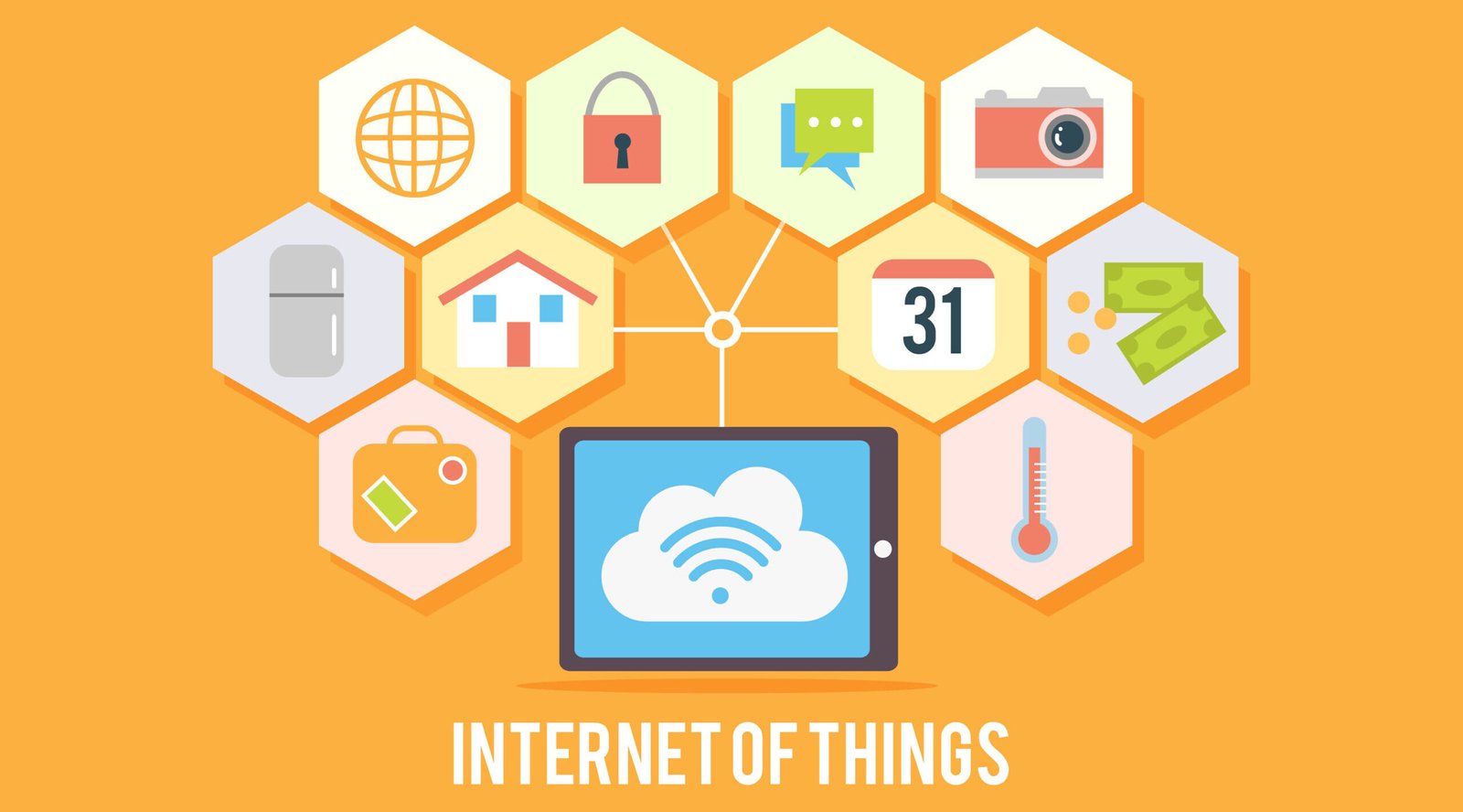
The Internet of Things (IoT), the network of interconnected devices that can communicate and exchange data, is another behind-the-scenes technology revolutionizing everyday tech. It is widely implemented in smart homes for automation and energy management, healthcare for remote monitoring and patient care, manufacturing for process optimization and predictive maintenance, transportation for fleet management and intelligent traffic systems, and agriculture for precision farming and livestock monitoring. There are expected to be over 30 billion connected IoT devices by 2025.
One primary way IoT transforms everyday tech is by automating and optimizing various processes. IoT-enabled devices can collect and analyze real-time data, making informed decisions and taking action without constant human intervention. For example, a smart thermostat can learn your temperature preferences and automatically adjust the home’s climate based on your daily routines, improving energy efficiency and comfort.
Furthermore, the data collected by IoT devices can be used to provide personalized insights and recommendations, enhancing the user experience. Wearable fitness trackers, for instance, can analyze your activity patterns and provide tailored suggestions to help you achieve your health and wellness goals.
Final Thoughts
In the ever-evolving world of technology, it’s easy to get caught up in the flashy, user-facing innovations that capture our attention. However, as explored in this article, the true powerhouses that drive these advancements often operate behind the scenes, quietly shaping the technologies we rely on daily.
From the intricate algorithms of artificial intelligence and machine learning to the secure and transparent networks of blockchain technology, these unsung heroes of the tech industry are the backbone of the digital landscape.
As we continue to embrace and integrate these powerful behind-the-scenes technologies, we can expect to see even more remarkable advancements and transformations in the future.

